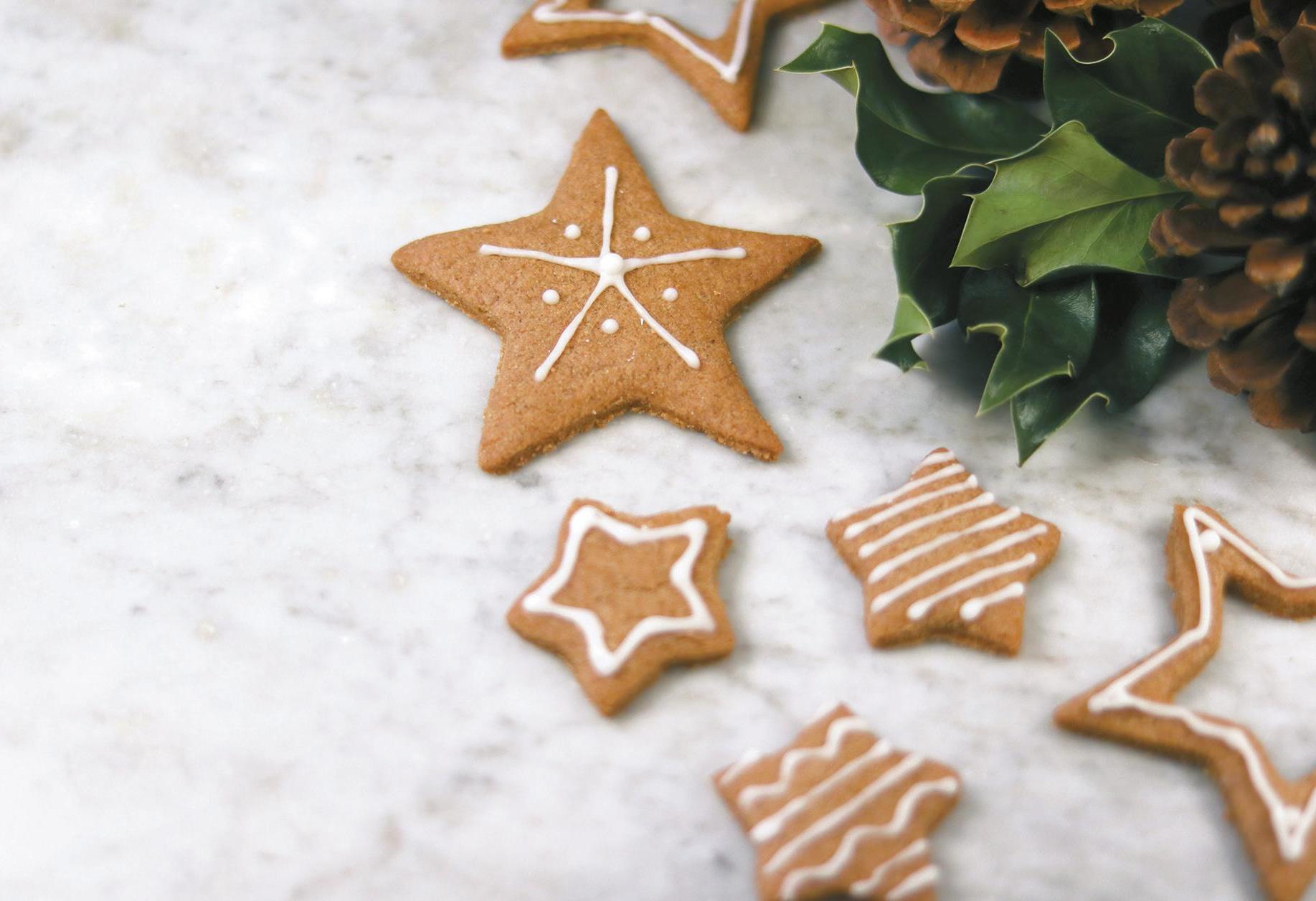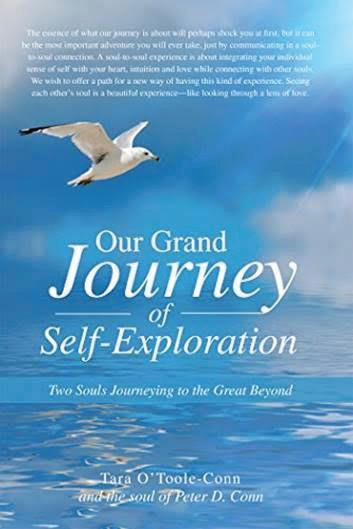
3 minute read
REINVENT THE
from Natural Awakenings Magazine Broward County, Florida, December 2020
by Natural Awakenings, Broward and Palm Beach Counties, Florida
healthy kids
REINVENT THE HOLIDAYS More Meaning, Less Stuff
Advertisement
by Ronica O’Hara
Like many parents, Alicia Hough, a corporate wellness expert in New York, used to go overboard plying her kids with gifts at Christmas. “I was always busy with work, which is why I thought that buying my children the latest or most trending toy in the market will make up for the time I’ve lost,” she recalls. “As kids, they indeed get excited with material gifts, but that joy is just temporary, and that’s what I realized throughout this pandemic. In the end, it’s the relationship with people you value that matters, and not these material things or celebrations.” Hough, who considers the pandemic a turning point, is not alone. In this turbulent year, holiday celebrations will likely be smaller, quieter and less opulent for many families. Yet the crisis has also set the stage for families “to create a holiday that is more in keeping with their values, finding deeper connection and meaning with less rushing around and spending less money,” says Laura Markham, a clinical psychologist and author of Peaceful Parent, Happy Kids. Besides passing up traveling and parties for cozy pajama times, many families are seriously rethinking their gift-giving habits. Although presents are a beloved part of Christmas, Hanukkah and Kwanzaa celebrations, many families have come to wonder how the shopping and spending has gotten so out of hand. According to Investopedia, in 2019, the average American spent $942 on holiday gifts, a figure that has steadily mounted in the last decade to total $1 trillion. An estimated $16 billion worth of those gifts are unappreciated and tossed aside, reports Moneyish. This pandemic season offers “a chance to reset expectations if festive gift-giving has become excessive in recent years,” says Beth Kempton, author of Calm Christmas and a Happy New Year: A Little Book of Festive Joy. “Perhaps most important is to have a conversation with children about buying less stuff and avoiding waste,” she adds. “They may have their own ideas about how to reduce waste and relish the challenge of thinking about what they really want.”
Getting Creative For Evan Porter, of Milton, Georgia, a parenting writer at DadFixesEverything.com, “Less clutter and fewer gifts are something we’ve been working toward anyway.” This year, he and his wife plan to drastically pare down their kids’ gifts, possibly using this formula: “Something to read, something to wear, something you want and something you need.” Instead of presents under a tree, Dawna Campbell, of Bigfork, Montana, founder of ThetaHeartHealing.com, will give her kids an unplugged (and coronavirus-compliant) dglimages/AdobeStock.com nature retreat where they can investigate the natural environment, work with animals and journal about how to make the world a better place. For parents that want to embrace creativity, low costs and sustainability this holiday season, Kempton suggests the following gift-giving ideas: n Build anticipation with a treasure hunt or by opening presents over a period of time. n Incorporate a sense of wonderment with a wooden magic set or a storybook written by either or both parents that stars the child. n Surprise the children by transforming a room in the house into a winter wonderland or turning the garden shed into Santa’s grotto. n Offer a parent’s time, skills and attention in the form of promissory notes or a small token that indicates a future shared experience, such as a jar of homemade marshmallows tied with a label promising a family camping trip. n Give children items that they can use or eat that are handmade by the parents. n Invoke a sense of nostalgia that prompts family storytelling, such as a jigsaw that summons memories of putting together a puzzle with a grandfather 50 years ago. n Celebrate environmental stewardship by planting and growing a Christmas tree or Hanukkah bush.
Even gift wrapping can become a fun and eco-smart family game by challenging everyone to creatively repurpose everything from old maps and fabrics to magazines and paper bags, perhaps decorated with artwork and nature finds. If every American family wrapped just three presents in re-used materials, it would save enough paper to cover 45,000 football fields, estimates the Centers for Disease Control and Prevention.
However they are wrapped, gifts demonstrate in these unprecedented times that deep joy comes not from acquiring new stuff, but from caring for and giving to each other—especially our children. “In the end, the most precious gift parents can give their children this holiday is their attention, infused with a little bit of festive magic,” says Kempton.






